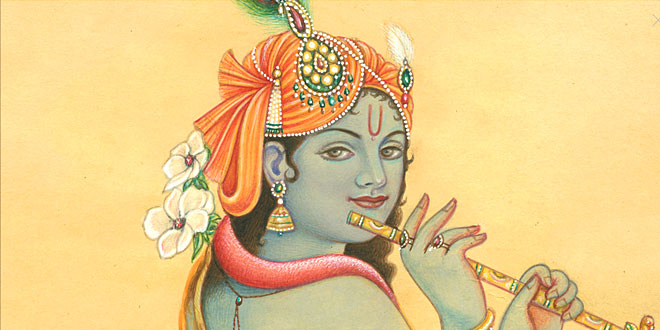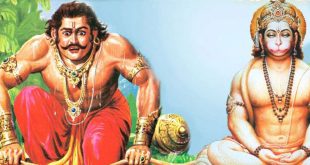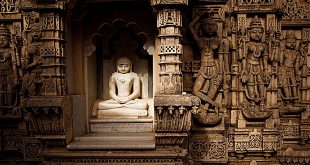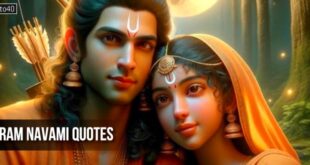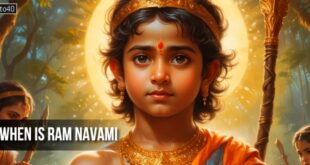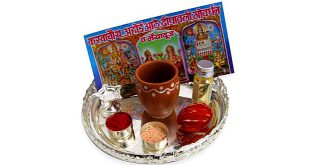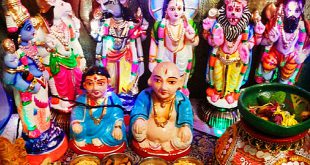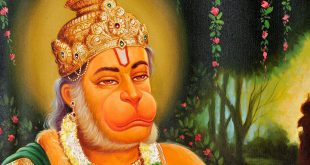The festival of Janmashtami has many rituals and customs associated with it. The ceremony of Janmashtami is very simple with the chanting of mantras as the priest bathes the idol with Ganga jal (holy water), milk, ghee, oil and honey. All these ingredients are poured from a conch shell. Once this Janmashtami ritual is over, the devotees break their day long fast.
The most important time on the day of Janmashtami is midnight when Lord Krishna was born. On this day the temples and homes are decorated with jhankis depicting the important incidents from the Lord Krishna’s life. Although this festival is celebrated with equal rejoicing all over India, it is in Mathura that the celebrations reach its peak.
The pious festival of Janmashtami begins by fasting from the previous day. This is followed by a night-long vigil commemorating the birth of Krishna at night, and his immediate removal by his father to a foster-home for safe-keeping. At midnight, the idol of the infant Krishna is bathed, placed in a cradle and worshiped.
Rituals of Janmashtami:
On the morning of Janmashtami the ladies draw patterns of little children’s feet outside the house with rice-flour paste, walking towards the house. This symbolizes the entry of the infant Krishna into his foster-home. This ritual of Janmashtami is quiet popular in the communities of South India. After all the rituals, morning prayers and worship the devout break their fast with Prasadam, food that has first been offered to the lord.
During the afternoon, the “Dahi-Handi” custom is celebrated in some parts of the deccan India. This is generally followed by lavish mid-day feast, where extended families customarily get together. Sweets made of milk and other dairy products, especially butter, are traditionally prepared on this occasion.
Dahi Handi
Dahi Handi is celebrated every August / September, the day after Krishna Janmashtami. It involves communities hanging an earthen pot filled with dahi (yogurt) or other milk-based delicacy, at a convenient or difficult to reach height. Young men and boys form teams, make a human pyramid and attempt to reach or break the pot. As they do so, girls surround them, sing with music, and cheer them on. It is a public spectacle, and well organized historic tradition of Hindus, with media attendance, prize money and commercial sponsorship. The event is based on the legend of the Krishna stealing butter and other milk products as a baby (he is also called Makhan Chor), the community hiding the products by hanging them high out of his reach, but he finding creative ways to reach what he wanted.
A participant in this festival is called a Govinda or Govinda Pathak. It is mostly popular in the states of Andhra Pradesh, Maharashtra, Telangana and nearby regions of India. In Andhra Pradesh and Telangana this festival is celebrated as Utlotsavam.
 Kids Portal For Parents India Kids Network
Kids Portal For Parents India Kids Network
